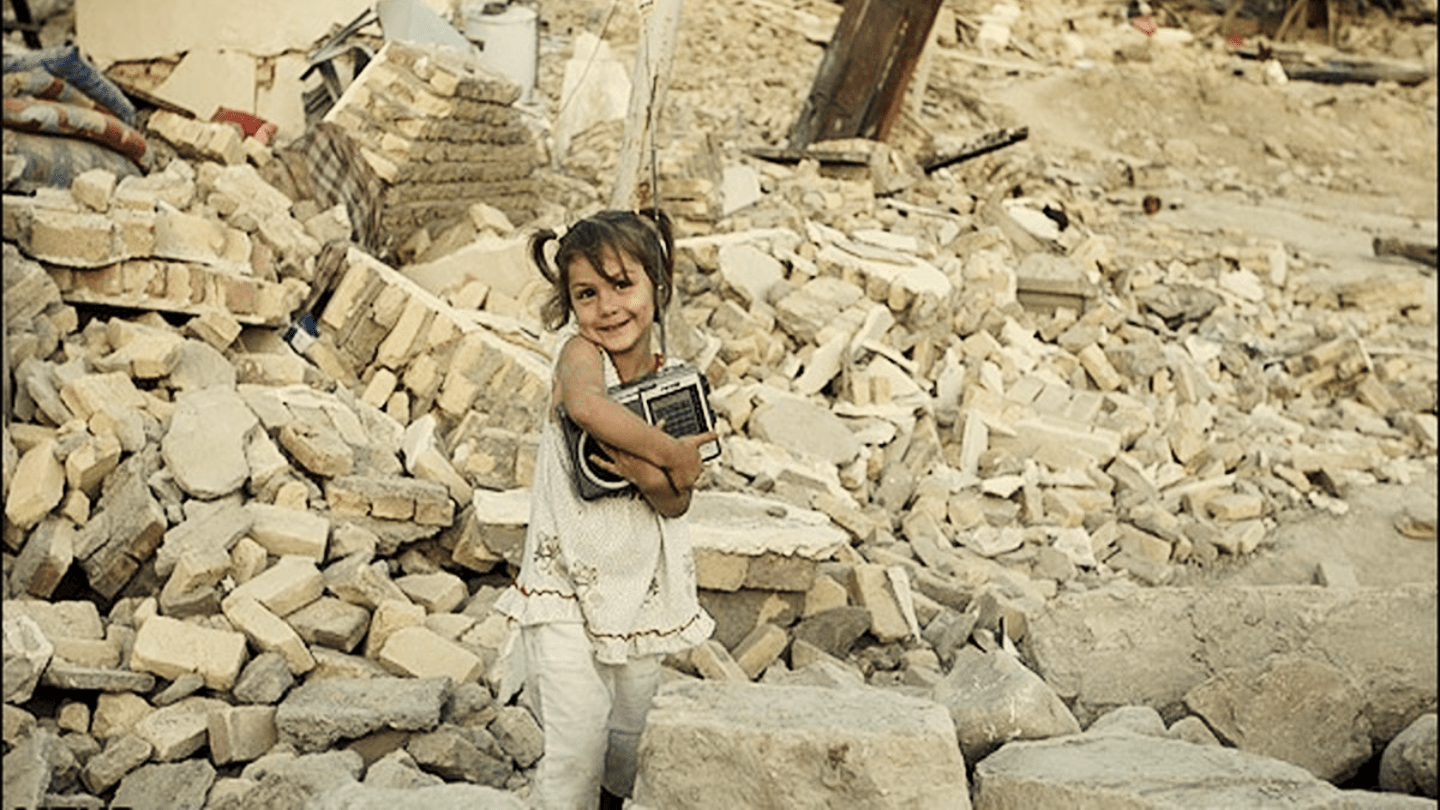Bam, Kerman, Islamic Republic of Iran, December 2003 - At 5:26 a.m., the earth split beneath the ancient citadel of Bam, unleashing a 6.6-magnitude earthquake that crushed homes, schools, and the city’s only maternity ward in December 2003. More than 34,000 people died, and some 200,000 were injured.
Midwife Mozhgan Seraji heard the news 1,000 kilometres away in the Médecins Sans Frontières (MSF) office in Mashhad. Within hours, she boarded a military flight, then a truck that crawled past convoys of cranes and ambulances toward a skyline now nothing but dust.
“Nothing in my training prepared me for the silence after the sirens – the sound of a city that had lost its voice,” Ms. Seraji recalled.
A baby named Elmira
In the field hospital’s surgical tent, Ms. Seraji met Shirin, 28, pulled from the debris by neighbours desperate to help. Their haste had torn her spine; she lay paralysed, cradling eight-month-old Elmira, the only member of her family to survive.
“I have lost my three other children and my husband. I can’t lose Elmira, too,” Shirin whispered. For the next twelve weeks, Ms. Seraji visited their tent every other day, teaching Shirin how to breastfeed despite her injuries and treating pressure sores that threatened infection. Elmira’s steady weight gain became a metric of hope in a camp where grief overflowed every latrine line.
From trauma to teaching
When the last aftershock passed, Mozhgan Seraji carried more than medical charts home to Tehran; she carried a conviction. Untrained rescue attempts had cost Shirin her mobility. Ms. Seraji resolved to close that knowledge gap, launching free first-aid courses in cultural centres, then designing disaster-rescue modules for paramedic students. Two decades later, her trainees staff Iran’s emergency tents from flood-hit Khuzestan to quake-prone Kermanshah.
Midwives: Critical in every crisis
The lesson she draws from Bam is global: compassion must be skilled. Yet the world still lacks almost 900,000 midwives, a shortage that endangers women and newborns whenever disasters strike.
“Every pair of hands can help,” Ms. Seraji says. “But trained hands save lives without costing others.” Her message echoes through the tents she once walked in Bam – and through every trembling fault line where the next Elmira waits to breathe.
....................................................................
Note: The story was received following the call for submissions from UNFPA Iran through the Iranian Midwifery Association in April 2025.


